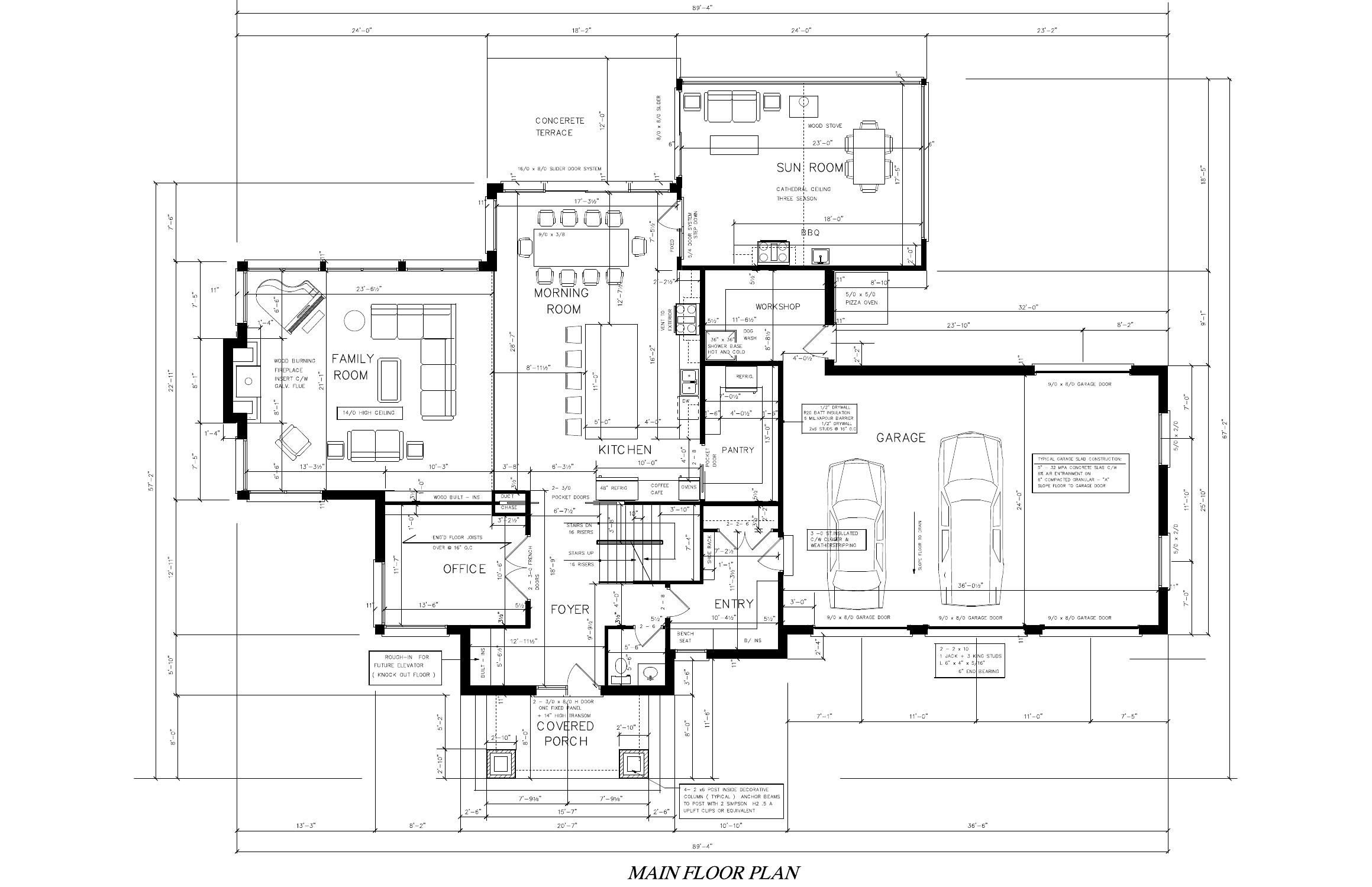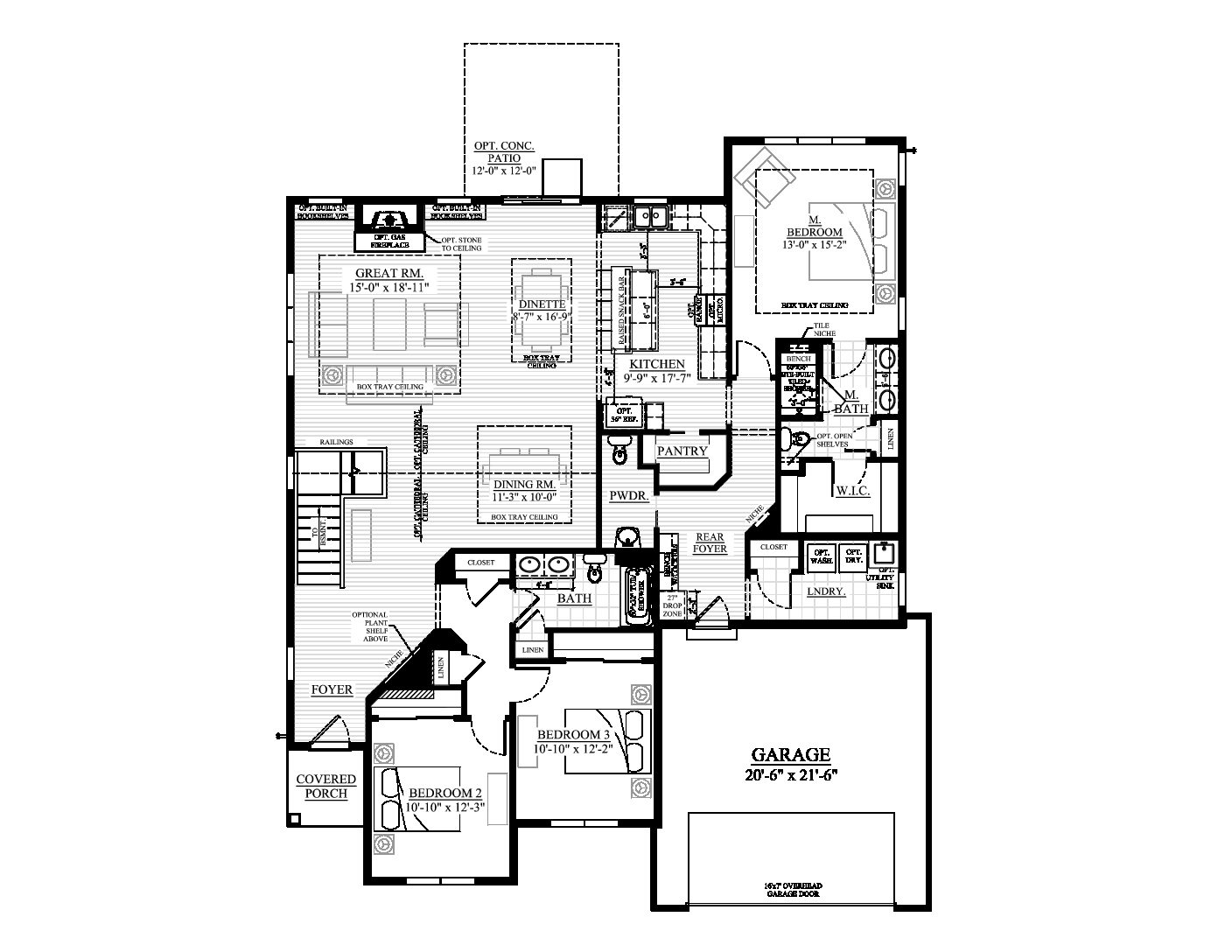Understanding 4 Bedroom Flat Plan Design

A well-designed 4-bedroom flat plan is crucial for maximizing space, ensuring functionality, and enhancing the overall living experience. It involves careful consideration of various factors, including the needs of the occupants, the layout of the building, and the aesthetic appeal.
Key Considerations for 4 Bedroom Flat Plan Design
This section discusses the key considerations for designing a functional and aesthetically pleasing 4-bedroom flat layout.
- Space Allocation: The first step involves allocating space for each room based on its intended use. For example, master bedrooms typically require more space than children’s bedrooms.
- Traffic Flow: Designing a layout that facilitates smooth movement within the flat is essential. This includes considering the placement of doorways, hallways, and furniture.
- Natural Light: Maximizing natural light is crucial for creating a welcoming and airy atmosphere. This can be achieved by strategically positioning windows and using light-colored materials.
- Ventilation: Adequate ventilation is essential for maintaining a healthy living environment. This can be achieved through proper placement of windows and doors, as well as the use of ventilation systems.
- Storage: Adequate storage space is essential for organizing belongings and minimizing clutter. This can be achieved through built-in wardrobes, cupboards, and shelves.
- Aesthetics: The overall aesthetic appeal of the flat is important for creating a comfortable and enjoyable living space. This can be achieved through the use of pleasing colors, textures, and materials.
Common 4 Bedroom Flat Plan Configurations
This section presents some common 4-bedroom flat plan configurations:
- Linear Configuration: In this configuration, the bedrooms are arranged in a row along one side of the flat. This layout is typically suitable for long and narrow flats.
- L-Shaped Configuration: This configuration features bedrooms arranged in an L-shape, creating a central living space. This layout is suitable for flats with a more irregular shape.
- Open Plan Configuration: This configuration features an open plan living area that combines the living room, dining room, and kitchen. The bedrooms are typically located in separate wings of the flat.
Benefits of Using PDF Format for Flat Plans
This section explains the benefits of using PDF format for flat plans:
- Portability: PDF files can be easily shared and viewed on various devices, making them ideal for sharing flat plans with clients or contractors.
- Scalability: PDF files can be easily scaled without losing quality, making them suitable for printing at different sizes.
- Security: PDF files can be password-protected to prevent unauthorized access, ensuring the confidentiality of the flat plan.
- Compatibility: PDF files are compatible with a wide range of software and operating systems, ensuring accessibility for all users.
Designing a Functional Layout: 4 Bedroom Flat Plan Design Pdf

A well-designed 4-bedroom flat plan prioritizes functionality and space optimization. It creates a harmonious flow between different areas, maximizing natural light and ventilation, and incorporating smart storage solutions.
Maximizing Space Utilization, 4 bedroom flat plan design pdf
Effective space utilization is crucial in a 4-bedroom flat. It involves strategically planning each area to ensure efficient use of every square foot. This can be achieved through:
- Open Plan Living: Combining the living, dining, and kitchen areas into a single open space creates a sense of spaciousness and allows for flexible furniture arrangements. This design maximizes natural light penetration and visual connectivity.
- Compact Furniture: Opting for furniture with built-in storage, multi-functional pieces, and space-saving designs minimizes clutter and maximizes available floor area. For example, a sofa bed can serve as both seating and a sleeping space, while a coffee table with storage compartments provides additional space for organizing items.
- Strategic Placement: Careful placement of furniture and fixtures is essential to optimize space. Placing furniture against walls or in corners allows for more open space in the center of the room, creating a more spacious feel. Utilizing the vertical space with shelves and cabinets maximizes storage capacity without compromising floor area.
Promoting Natural Light and Ventilation
Natural light and ventilation are essential for a comfortable and healthy living environment. This can be achieved through:
- Large Windows: Maximizing window size allows for ample natural light to enter the flat. Strategically placing windows in each room ensures good ventilation and a bright, airy atmosphere. Consider incorporating floor-to-ceiling windows for a more expansive view and enhanced natural light.
- Skylights: Installing skylights in rooms with limited natural light, such as bedrooms or bathrooms, can significantly improve illumination and ventilation. Skylights also create a unique architectural feature, adding visual interest to the space.
- Cross Ventilation: Designing the flat with cross ventilation allows for a constant flow of fresh air. This can be achieved by strategically positioning windows and doors to create a draft, ensuring optimal air circulation throughout the flat.
Organizing Spaces for Functionality
A well-organized layout enhances the functionality of each area in the flat. This can be achieved through:
- Dedicated Spaces: Designating specific areas for different activities, such as a home office, a playroom, or a guest room, ensures a dedicated space for each purpose. This promotes a sense of order and clarity, facilitating focused work, enjoyable play, or comfortable guest accommodations.
- Traffic Flow: Consider the natural flow of movement within the flat. Ensure that hallways and doorways are wide enough to accommodate furniture and allow for easy movement between rooms. Avoid placing furniture or fixtures in areas that obstruct traffic flow.
- Flexibility: Incorporate flexibility into the layout to accommodate future changes or evolving needs. For example, a multi-purpose room can be easily transformed into a home office, a guest room, or a playroom, depending on the current requirement.
Incorporating Storage Solutions
Smart storage solutions are essential for maintaining a clutter-free and organized living environment. This can be achieved through:
- Built-in Storage: Incorporating built-in cabinets, shelves, and drawers maximizes storage space without compromising floor area. This is particularly useful in bedrooms, hallways, and kitchens, providing dedicated storage for clothes, books, and household items.
- Vertical Storage: Utilizing vertical space with tall cabinets, shelves, and storage units maximizes storage capacity. This is an efficient way to store items that are not frequently used, freeing up floor space for other activities.
- Multi-Functional Furniture: Choosing furniture with built-in storage, such as beds with drawers, ottomans with storage compartments, or coffee tables with shelves, optimizes space and reduces clutter.
